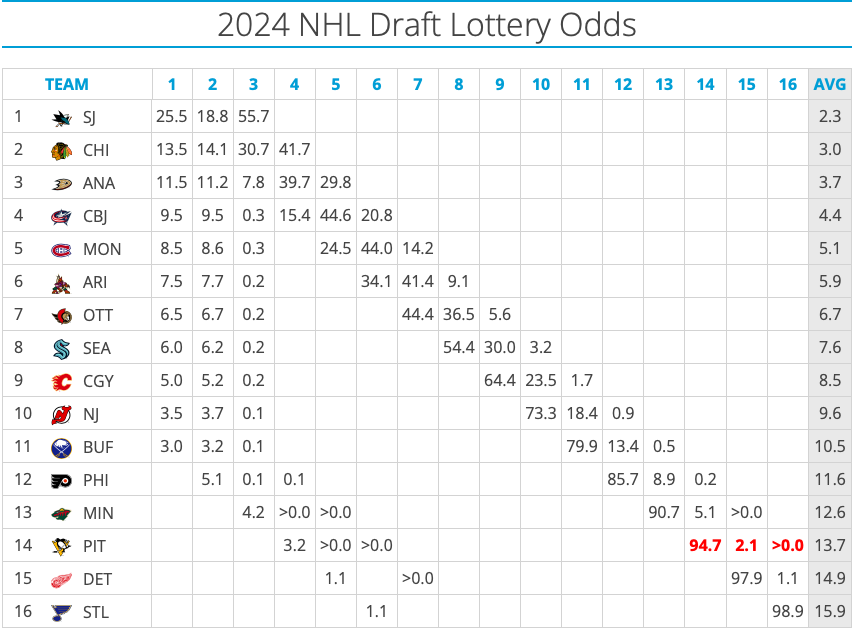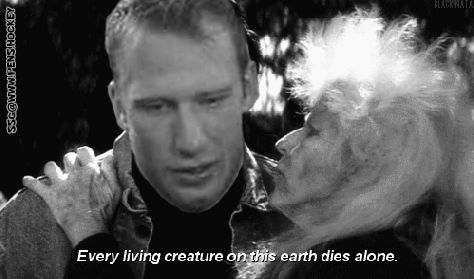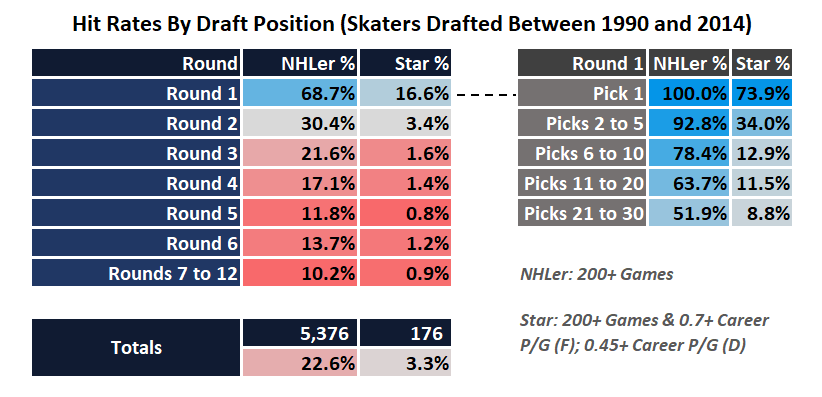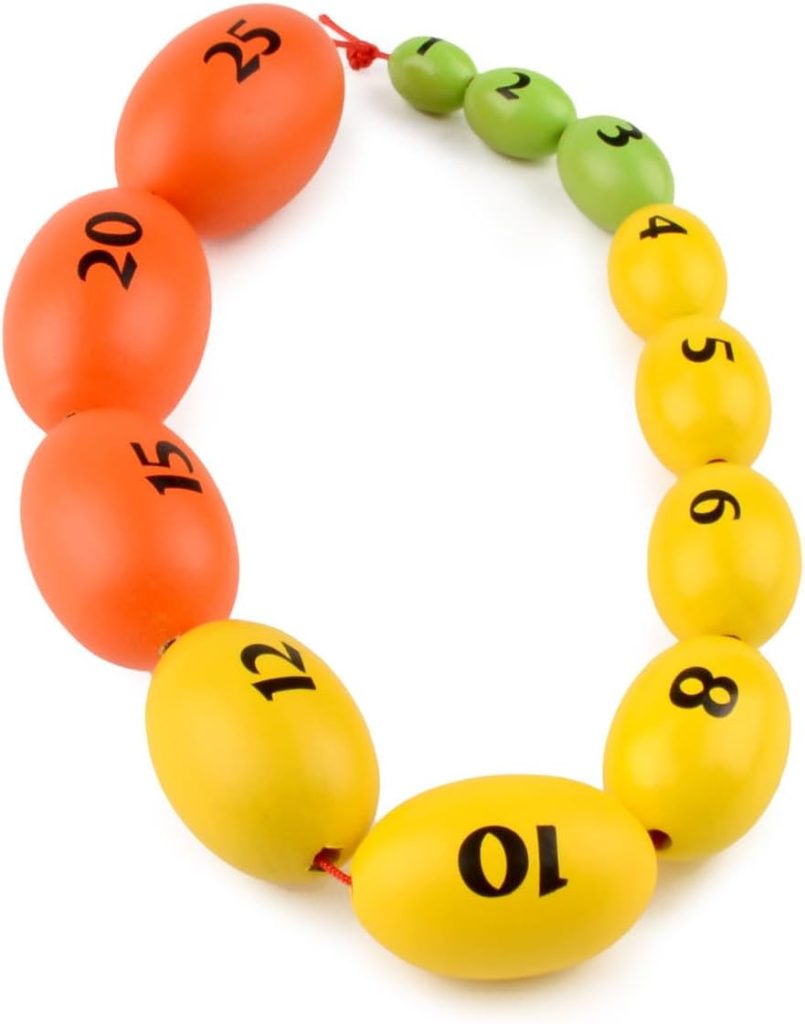
The first big event of the Pittsburgh Penguins’ offseason (and that of the other sixteen teams that missed the playoffs) is the Entry Draft Lottery. Despite ending the season outside of the bottom ten in the League-wide standings, Pittsburgh still has a rooting interest in the lottery. The conditions of the Erik Karlsson trade with the San Jose Sharks last summer have it that the Penguins will give up either their first round pick this summer or next. If this year’s first round pick is outside the top ten, then the pick automatically goes to the Sharks; if not, they automatically get Pittsburgh’s first round pick next year. Only teams that finished with no better than eighth-worst in the NHL are guaranteed a top-ten pick, and the Penguins finished the season fourteenth-worst. So now, in order to keep their 2024 first round pick, Pittsburgh needs a lot of luck, per the lottery odds from Tankathon:

As we can see, the odds are quite overwhelming (94.7%) that Pittsburgh will stick at fourteenth overall, which means their first round pick will go to San Jose and complete the conditions of the Karlsson trade. There is also a slight but not insignificant chance that they could win the lottery and jump up to the fourth overall pick, which would stand as the earliest draft pick for the Penguins since taking Jordan Staal second overall in 2006. It would be an extraordinarily valuable asset for a team that has been struggling of late to sneak its way into the postseason, and a potential godsend for a prospect pool that has been in the bottom third of the League for many years. However, players taken fourth overall are not commonly immediate contributors for their draft teams, and Pittsburgh is not necessarily in the position to wait for a prospect to become a contributor.

Off the top, the most obvious item is that the best players on the Penguins roster from this past season are not getting any younger, and certainly not trending towards their primes: Evgeni Malkin turns 38 on July 31, Sidney Crosby turns 37 on August 7, and Kris Letang just turned 37 on April 24. As productive as those guys continue to be in their late-30s, Father Time makes fools of us all and he will come for that trio eventually, if gradually. Indeed, Letang played much of this past season with some significant health issues, and I wouldn’t be surprised that if some point it will be announced that he is going to miss some of the 2024/25 season. Add to those guys Bryan Rust, who missed twenty games this past season and has scarcely been healthy, as well as Erik Karlsson, and the top five scorers for Pittsburgh this past season were 30-plus. (For what it’s worth, Jake Guentzel turns 30 in October, Reilly Smith is 32, and Rickard Rakell is about to turn 31.) You have to go all the way down to ninth on the Pittsburgh scoring list to find a player younger than 30, and while Drew O’Connor had a career year at 25 years old, he has not exactly been a top-six producer for the Penguins thus far.

As I said, fourth overall picks sometimes take time to come to the NHL and contribute, if they do much contributing at all. This past season there were fifteen former fourth overall picks who played in the NHL, the oldest being Nicklas Bäckström and the youngest Shane Wright. The list also includes Mitch Marner, Cale Maker, Brady Tkachuk, and Lucas Raymond, but it also includes Adam Larsson, Sam Bennett, and recent Penguin Jesse Puljujärvi. Historically some of the more notable former fourth overall picks include Hall of Famers Steve Yzerman, Ron Francis, Paul Kariya, Mike Gartner, and Roberto Luongo, but then there’s also Griffin Reinhart, Jason Bonsignore, Thomas Hickey, and Puljujärvi. Point is, per this graphic I like to reference from Byron Bader, at fourth overall you’re starting to really see the transition away from players who are sure-fire NHLers and probable “stars”:

So let’s say the Penguins do somehow manage to get the fourth overall pick. As I mentioned, unlike their peers taken in the three slots before them, fourth overall picks aren’t always brought immediately to the NHL level. This is particularly notable because teams that are picking that high in the draft are usually in need of an immediate boost in quality in their lineup, and they’re not particular about where it comes from. Pittsburgh is going to be hoping to get younger and faster as time moves forward, and a fourth overall pick could provide both. Then again, you’ll also not make the most out of such a high draft pick by sticking them on the third line (or lower), and the Penguins having a pretty solid top six (as of this writing, anyway), it might be a case where Pittsburgh would keep the new draftee in the lower levels before they mature enough to move into the top six. This might take a couple of years, which does not fit with the “let’s win a championship before our old guys fall apart” attitude.
To further analyze this point, let’s look at the last several fourth overall picks and see how long it took for them to arrive at their NHL teams and what impact they made:
- 2023: San Jose selected Will Smith. He didn’t play a single game for the Sharks this season, which is odd since they obviously needed all the help they could get, but then again slow-walking him to the NHL might have helped them secure a top three pick in this year’s draft. Furthermore, only six of his peers played in the NHL this year, including the three guys taken ahead of him, so it’s not totally unreasonable for them to not have put him out there immediately.
- 2022: Seattle selected Shane Wright. He’s played eight games each of the last two seasons, including the last five games this past season wherein he notched five points. Still, slowly introduced, but I suspect he’ll become a regular contributor in Seattle next season.
- 2021: New Jersey selected Luke Hughes. Defensemen are usually slower to arrive in the NHL than their forward counterparts (but quicker than goaltenders), and Hughes did not appear in a single NHL game in his draft year and only two last season. But this season, helped by a season-ending injury to Dougie Hamilton, he stepped into the biggest role possible for the Devils as he led all New Jersey skaters in minutes per game and playing all 82 games, and being their fifth-highest scorer as well. Next year will be a huge year for him.
- 2020: Detroit selected Lucas Raymond. Like most of his peers he did not appear in a single game in his draft year, but the following year he finished fourth in Calder voting for rookie of the year and played each game both that year and this past year. He was nearly a point per game player this year, so I expect another step forward for him next season.
- 2019: Colorado selected Bowen Byram. A defenseman, Byram did not play in his draft year but saw nineteen games the following year. Injuries have hampered him since 2021. Although he’s a 2nd/3rd pairing defenseman, he is still the second-best from his draft class.
- 2018: Ottawa selected Brady Tkachuk. The first player on this list to make an immediate and productive impact on his draft team, Tkachuk played 71 games his draft year and finished fifth in Calder voting. It took him a few years but he’s become a roughly point per game player for the Senators.
- 2017: Colorado selected Cale Makar. Few players on this list will need much introduction, but while the Avalanche did wait two seasons to bring Makar up, he has rewarded their patience by becoming one of the best defensemen in the NHL: he won the Calder in 2020, he’s been a Norris finalist each of the following three seasons (including winning in 2022), and he won the Conn Smythe as playoff MVP that year as well. Any team would only be so lucky to draft a guy who has drawn comparisons to Bobby Orr, especially lucky to take that person at fourth overall.
- 2016: Edmonton selected Jesse Puljujärvi. To the other end of the spectrum we go! Puljujärvi played 28 games in his draft year but was held to limited minutes and notched only 8 points. He’s never been a major contributor and health issues have also limited his abilities. He is still signed with Pittsburgh for next season.
Okay, I think that’s enough. The point is that fourth overall picks rarely make immediate impacts to their teams, and while they do often turn into productive players, it generally takes more time that with their counterparts taken first through third overall. A team like Pittsburgh, which is desperate to win the Stanley Cup soon but also prepare for the post-Crosby/Malkin/Letang era, will have a big decision to make.

So, the question then becomes: if the Penguins do win the lottery and land the fourth overall pick, should they keep it? The fact that I’m asking the question means I’m seriously considering the possibility that they shouldn’t. There are plenty of teams out there that would love to have a high-value prospect to help their own rebuilds over the next few years, and the fourth overall pick does frequently become productive in their draft+2 years. Pittsburgh doesn’t need those kinds of prospects yet, they want to be a playoff team next season and possibly the year after that, and that means they need immediate help. I wouldn’t be surprised if Kyle Dubas would aggressively shop that pick and add a top six forward in his early twenties. (Flashing arrows at Mitch Marner, apparently.) (Author’s note: this is not an endorsement.)

But, again, this is all up to the lottery balls. In all probability, the Penguins would end up without a first round pick, and all of this post will be moot as a result. But, if they did somehow land that fourth overall pick, Pittsburgh will be in a much more optimistic position as they look to get themselves back into the playoffs next spring.

